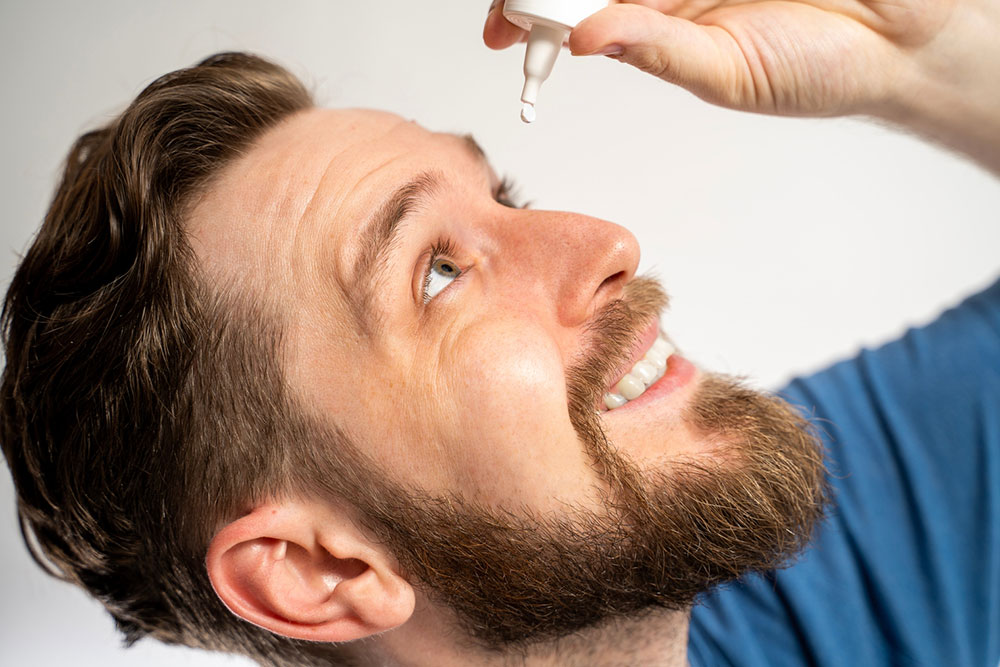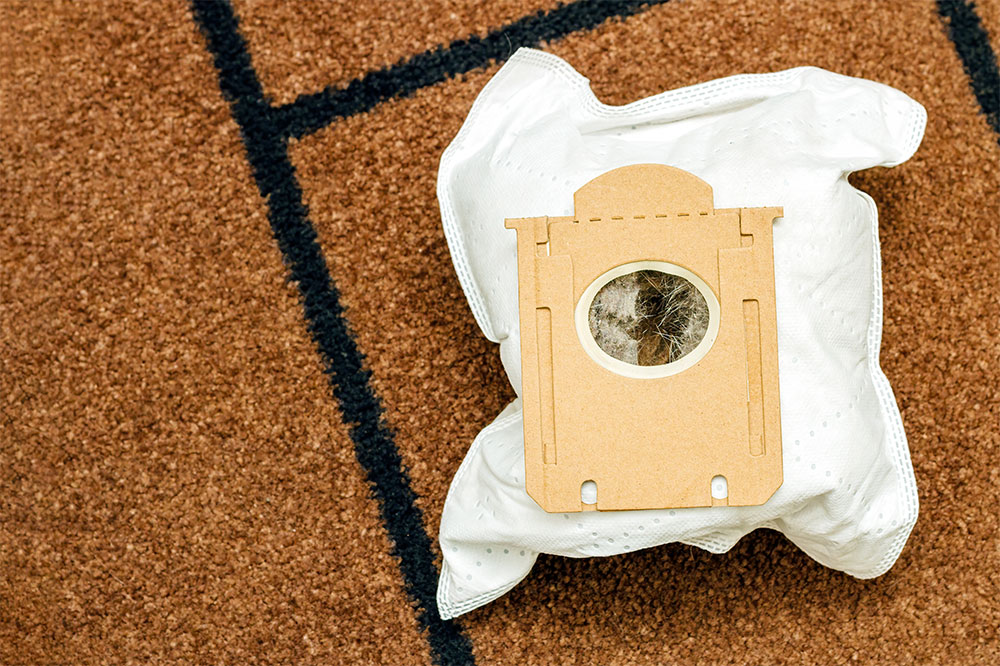
health
Top 16 foods for managing acid reflux
Acid reflux is a digestive issue involving irritation in the lining of the esophagus due to acid or bile backing up into the region. It can be the primary symptom of a condition called gastroesophageal reflux disease (GERD), the prevalence of which is estimated to be from 18.1 to 27.8% in the country. In most cases, certain lifestyle changes, including better food choices, can help prevent and manage acid reflux. Best foods for managing acid reflux 1. Ginger Packed with antioxidants, ginger is an age-old remedy for digestive problems, including nausea and vomiting. Gingerol, an element found in ginger, can help in the passage of food through the stomach. So, a cup of warm ginger tea or the addition of ginger to stir-fries, gravies, and other recipes is an excellent way to help manage symptoms of acid reflux and soothe the stomach lining. 2. Lean protein The body requires protein to boost immunity and help reduce acid reflux symptoms. Lean protein sources like fish, turkey, and chicken help regulate the production of stomach acid and manage acid reflux while not being too heavy on the stomach. 3. Spinach This leafy green vegetable is a natural remedy for acidity. Spinach is also low in sugar and fat and rich in fiber, helping control stomach acid production.
Read More 















